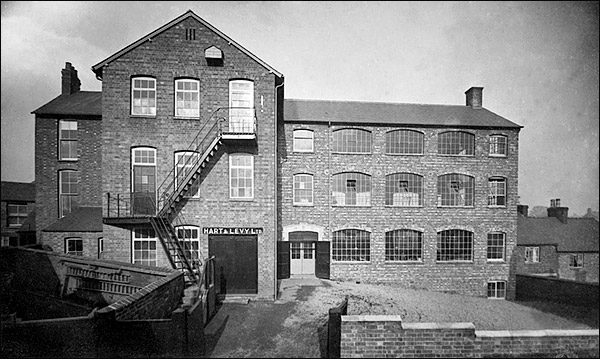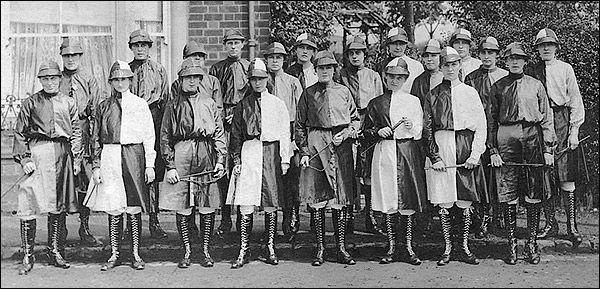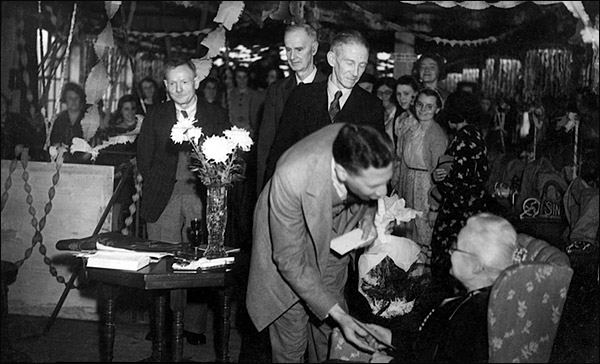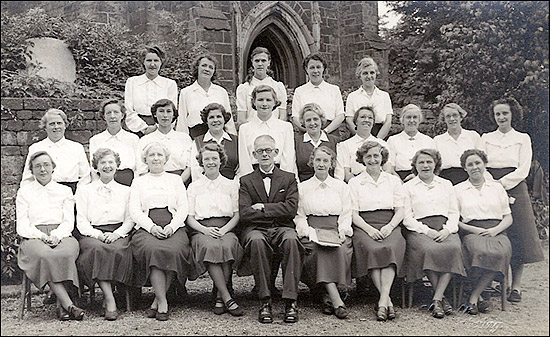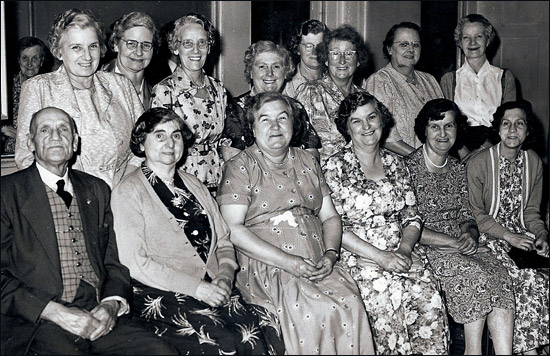|
|||||||||
|
|||||||||
|
The Hart & Levy factory was built in Bakehouse Lane in 1884, and was originally named "Gladstone Works". The factory was one of a number of Hart & Levy businesses, which started in 1859 and were a direct result of the partnership of the Hart and Levy families after the marriage of Joseph Levy, brother of a successful Leicester outfitter, with Cordelia, niece of Maurice Hart, a successful tailor and outfitter in Canterbury. Both families were in the retail side of the clothing trade, but saw the clear potential of having a partnership running a wholesale business on the supply side. Joseph Levy was joined by partner Israel Hart, son of Maurice Hart. The first Hart & Levy factory was opened in 1859 in Wharf Street, Leicester. By 1884, the business had expanded to the extent that they could open the new factory in Burton Latimer, followed by another in Nuneaton in 1890. The main sources of business for the firm at this time were the south of England, the Home Counties, and East Anglia. Finding difficulty in establishing trade in the north and north-west of England, they adopted the then unusual step of opening their own proprietary shops in various areas in the northwest, under the imposing name of The Grand Clothing Hall, thus establishing direct contact with the buying public. By 1895 there were no fewer than eighteen of these shops, spread across the north Midlands and areas further north, such as Rochdale, Sheffield, Preston, Warrington and Derby.
The business continued to thrive in the period before the First World War, and when the hostilities came, production was naturally switched to meet government contracts for clothing for the army. The firm successfully weathered the depression years in the late 1920s and early 1930s, and in 1936, a key decision was made to extend the management of the firm beyond members of the Hart & Levy families. A Mr J A Holland of Leeds was appointed managing director.
A further external appointment was made in 1947. Mr H L Moore had been managing director of John Barran & Sons Ltd of Leeds. He became the new managing director of Hart & Levy. Over the next few years, the company continued its development with upgraded machinery and production methods. The Nuneaton factory was considerably extended and two new small units were opened in Tamworth. A small works at Crewe was also acquired. Unfortunately, there was increasing difficulty in recruiting proper manpower in the Midlands, and therefore the firm acquired a factory in Liverpool and extended that. John Baish, born 1929, has written an account of his boyhood memories of growing up in Burton Latimer. The names and items he remembers about Hart & Levy’s clothing factory include:
At all Hart & Levy factories, attention was paid to providing canteen, welfare and other facilities. As can be seen from the photos above, the firm promoted a lot of employee social activity, and participated in Burton Gala Days. Unfortunately, all this was little protection against the downturn in manufacturing which was so characteristic of both the clothing and shoe industries in Burton in the 1960s-80s. By 1965, the Burton factory had become part of John Barran & Sons. It subsequently passed to Leader Brothers, but this only prolonged the final demise, and within two years clothing manufacture ceased. The factory was used for a short period by Benford Hi-Fi, then stood empty. While in this vacant condition, a serious fire occurred. The factory was gutted and had to be demolished. Housing now stands on the site of the substantial factory where so many workers once made high-grade blazers and children's overcoats. Click here to read more about the clothing industry in Burton Latimer Click here to read Godfrey Bigley's memories of working at Hart & Levy's in the 1960s |
|||||||||
